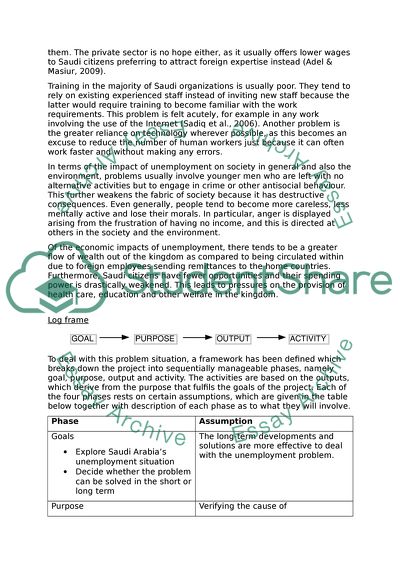Cite this document
(The Causes of Unemployment in Saudi Arabia Research Paper, n.d.)
The Causes of Unemployment in Saudi Arabia Research Paper. Retrieved from https://studentshare.org/human-resources/1738223-t306-project
The Causes of Unemployment in Saudi Arabia Research Paper. Retrieved from https://studentshare.org/human-resources/1738223-t306-project
(The Causes of Unemployment in Saudi Arabia Research Paper)
The Causes of Unemployment in Saudi Arabia Research Paper. https://studentshare.org/human-resources/1738223-t306-project.
The Causes of Unemployment in Saudi Arabia Research Paper. https://studentshare.org/human-resources/1738223-t306-project.
“The Causes of Unemployment in Saudi Arabia Research Paper”, n.d. https://studentshare.org/human-resources/1738223-t306-project.


